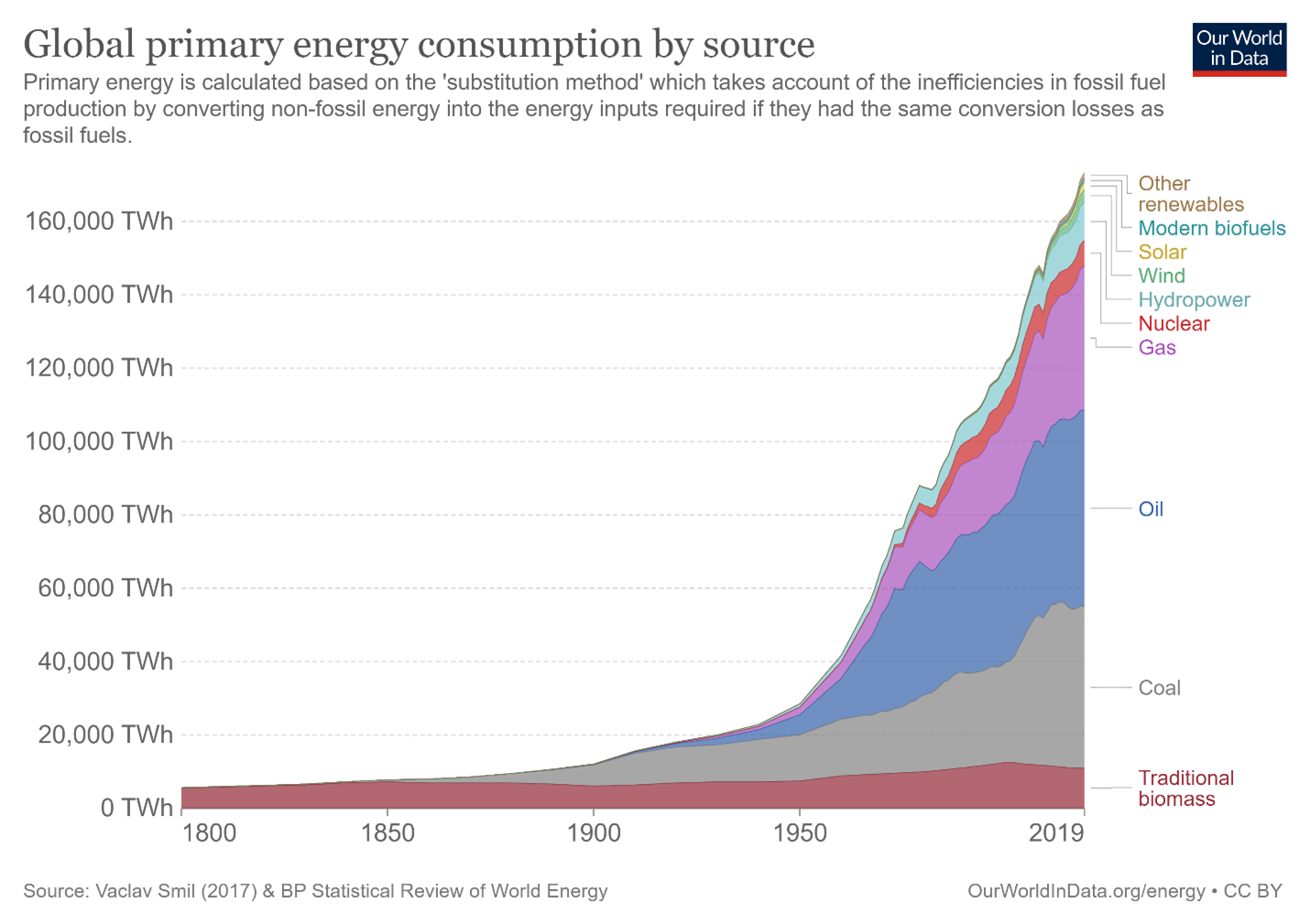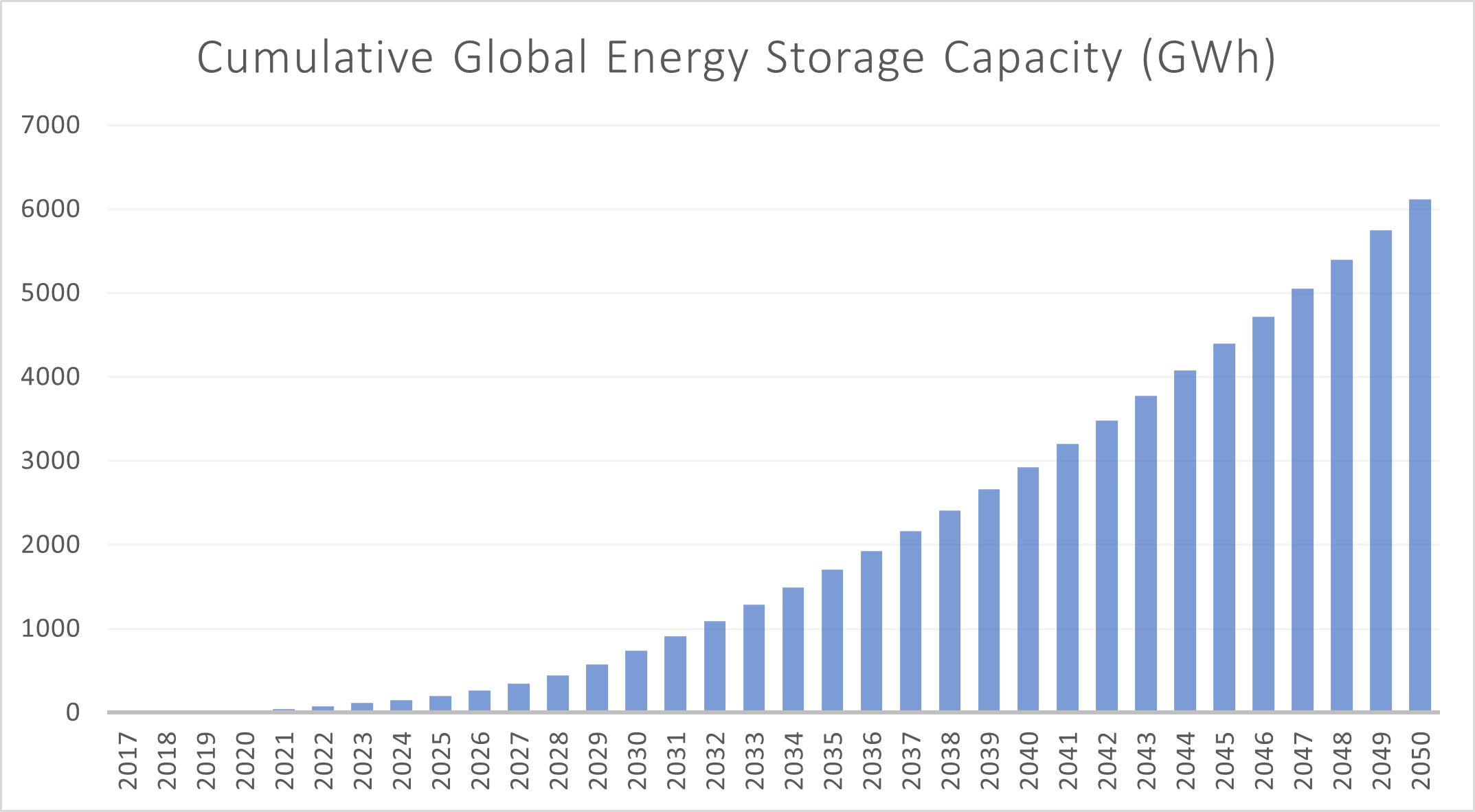This Booming Tech Is the “Missing Ingredient” to Solve the Global Energy Crisis Let me level set with you for a moment. You know why inflation is so high everywhere these days? Because we’re in the midst of a global energy crisis.
That’s the plain truth. Energy is an input cost for everything. If the cost of energy goes higher, so does the cost of everything else.
Example: How does your food get to a grocery store? Or your favorite restaurant? In the back of a gas-powered truck. If the cost of gas goes up, the cost of that trip goes up, and that higher cost gets passed on to you. Voila – burgers and pizzas are more expensive.
The same is true for apparel, cars, airline tickets, hotels, so on and so forth. Nearly every product or service in the world has “energy” as an input cost. As go energy costs, so goes the cost of everything else.
Right now, energy costs are soaring. Off in Europe, for example, natural gas prices have surged recently because Russia has decided to suddenly stop pumping natural gas into Germany. As a result, German benchmark electricity prices are now about $700 per megawatt-hour – which, for context, is about 14X the seasonal average over the past five years! 
Inflation is killing people all across the globe, and its happening because we’re in the midst of a global energy crisis. Want to fix the inflation problem? Fix the energy problem.
Fortunately, one booming technology holds the key to solving the world’s energy crisis, and it could be Wall Street’s most profitable investment megatrend of the 2020s.
That technology is energy storage.
The Best Clean Energy Sector to Invest in Today The nature of the current energy crisis is pretty simple: We don’t have enough energy. Therefore, the solution is pretty simple, too: Produce more energy.
Easy said. Tough to pull off. The world’s energy needs are growing rapidly. Every year, global energy consumption grows by about 2%, due to population growth and urbanization. That may not seem like much. But when you’re adding 2% to the world’s energy consumption every year, you’re adding a lot of incremental energy consumption over time.
Consider this: Global energy consumption will rise by about 50% by 2050. At current rates, that means energy consumption is going to grow by more over than next 30 years than the total amount of energy consumed in any year before 1990. We’re basically going to have power an entire another Earth by 2050. 
We’re going to need a lot more energy production to do that.
That means we need more oil. We need more solar. We need more coal. We need more hydrogen. We need more natural gas. We need more wind. We need all of it, and then some.
This whole idea that the future “New Energy Economy” will be exclusive to non-renewable or renewable energies is misplaced. It’ll be a mix of all sorts of energy sources, because we’re going to need all of them to work together to power the Earth in 10, 20, and 30-plus years.
Oil and gas are ready to step up to the plate today. They’re proven, reliable, and (normally) cost effective. Renewables, on the other hands, are doing all they can to help out – but they are still falling short in a few areas.
The biggest area is reliability.
That is, solar and wind are intermittent energy sources. The sun doesn’t shine every day, and the wind doesn’t blow every day. By themselves, then, these clean energy sources cannot power the world at all times of the day, all days of the week, and all weeks of the year. It’s scientifically impossible. They need help.
Energy storage is that help. The Benefits of Energy Storage Energy storage technologies allow humans to store excess solar and wind energy in things like batteries on really sunny or windy days, so that the energy can be deployed on cloudy or windless days, thereby enabling continuous power output at all times.
They are the key to unlocking the full potential of clean energies – and solving the global energy crisis.
That’s because energy storage technologies solve the huge intermittency problem of clean energy sources, and ultimately make them as reliable and consistent as fossil fuels. 
So, let me state this clearly…
Clean energy can power the world, but only with the enormous help of energy storage solutions.
Therefore, if the New Energy Economy will be one defined by tons of clean energy (which the recent climate bill ensures that it will), then the New Energy Economy will also be one defined by tons of energy storage capacity.
We’re talking small-scale energy storage batteries at every house with solar panels… mid-scale energy storage technologies at every office and commercial building powered by clean energy… and large-scale energy storage systems at every solar and wind farm.
We’re talking energy storage solutions everywhere there is power – so, quite literally, everywhere.
That may sound outlandish today. But think about it – there are already dozens of batteries in your home. There’s one in your iPhone. There’s one in your computer. There’s one in your electric car. What’s another one in your garage to power your home?
It’s nothing – and that’s why energy storge technologies will become globally ubiquitous. The Fastest Growing Industry in the 2020s On its march towards global ubiquity, the energy storage industry will turn into the fastest growing industry in the 2020s.
Let me repeat that: If energy storage technologies do become globally ubiquitous, the energy storage market will emerge as the fastest growing industry in the world throughout the next decade.
Here are the numbers.
At the end of 2021, global installed energy storage capacity measured about 46 GWh, which according to our analysis, means less than 1.5% of renewable energy production in the world is backed by energy storage today.
We think that, by 2030, that number grows to 800 GWh of energy storage capacity. We’re not alone in that thinking. Bloomberg New Energy Finance is targeting at least 800 GWh of global energy storage capacity by 2030. So is every other major clean energy market research firm.
That means this market is going to grow from 46 GWh of capacity in 2021, to 800 GWh of capacity in 2030 – representing a 17X gain in 10 years.
To our knowledge, no other industry is due for 17X growth over the next decade.
And believe it or not, that’s just the tip of the iceberg…
Because at 800 GWh of installed capacity in 2030, only about 10% of the renewable energy capacity in the world will be backed up by energy storage technologies. That’s not enough for a net-zero society. We need a number closer to and above 30%.
That’s exactly where we believe our society is headed. By 2050, we believe global installed energy storage capacity will back-up around 30% of global renewable energy installed capacity, equating to around 6,000 GWh of energy storage capacity. 
That’s more than 75X growth from 2020 levels.
That bears repeating: 75X growth into 2050.
Again, to our knowledge, no other industry in the world is positioned to grow this much, this quickly.
All that growth starts now.
You see: Crisis is an impetus. It provides a motivation to change. What consumers in Europe and America are feeling today through weekly trips to the gas station and their monthly electric bills is personal financial crisis. It is providing motivation to change – to find energy solutions that won’t cut their disposable income in half.
Those solutions revolve around energy storage systems.
To that extent, we believe the energy storage “mega boom” starts right now!
|
Post a Comment
Post a Comment